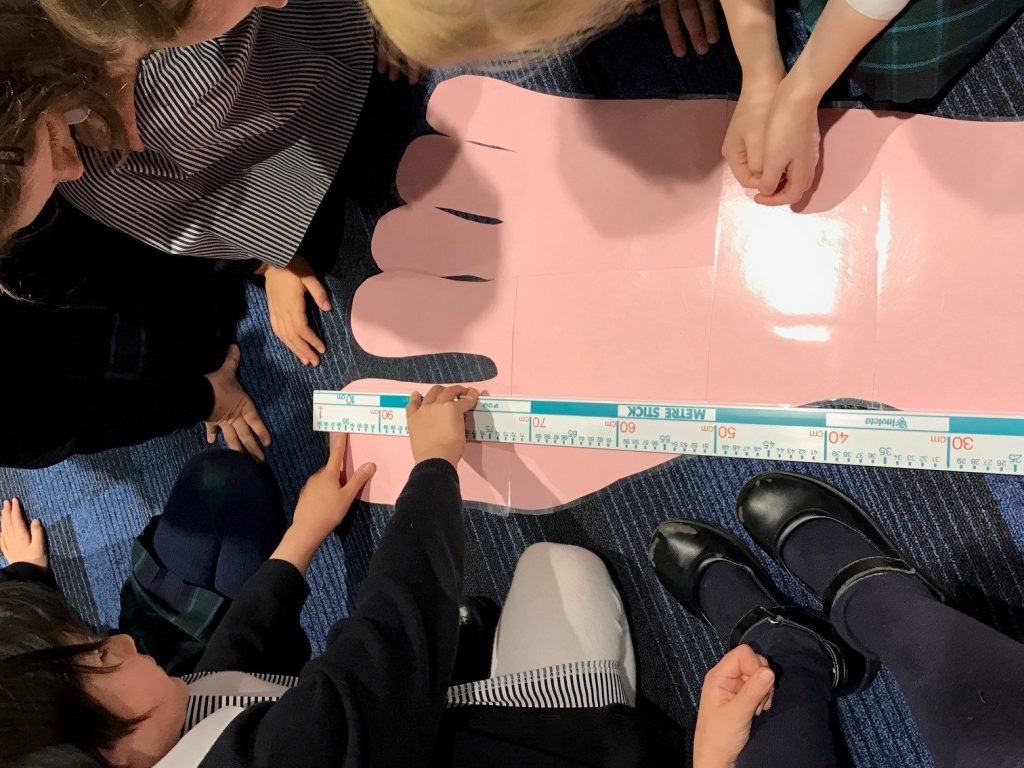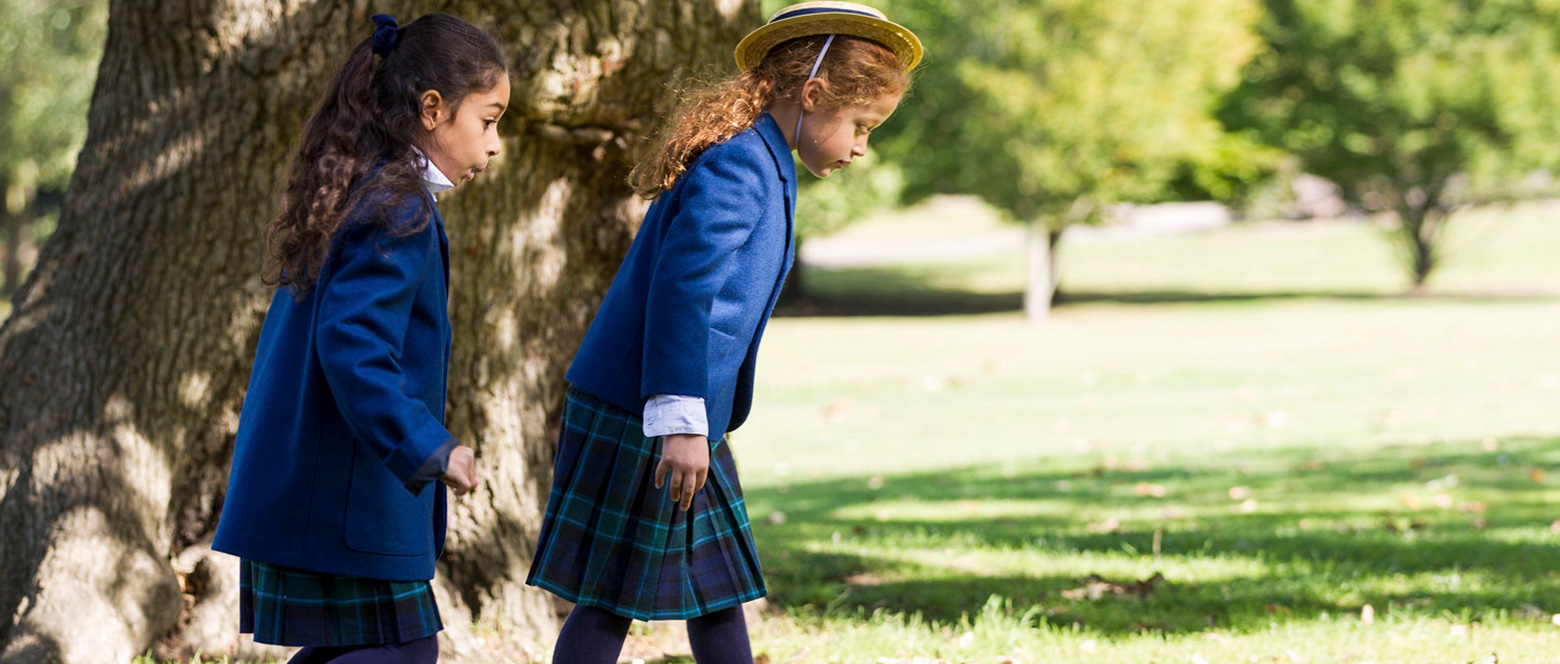Headteacher’s Blog: Maths…it’s good to talk!
13th May 17

Having celebrated our very first Maths Week, the girls left on Friday afternoon buzzing with excitement for Maths. Additional activities and workshops were organised with the aim of creating a spark for a subject which doesn’t always come top of the popularity poll amongst 8 year old girls.
Our young mathematicians became ‘pattern spotters’ and delved into problem-solving investigations including a hunt through our local park for signs of Fibonacci’s numbers in nature. For an even greater challenge (and a little mischief on the teachers part), we extended the search to the elusive ‘four leaf clover’ which breaks Fibonacci’s code. The pure joy of discovery was clear upon their faces as they counted the petals on each flower head and the leaves on each twig.
Much like many others their age, our pupils love to talk (!!!), and so when posed with challenging mathematical puzzles, as they have been this week, our girls relished the opportunity to have an in-depth discussion about their ideas. “An enormous footprint has been discovered in our school…who could it possibly belong to?…Who might have feet this size?…How tall do you think this person is?” After a good chat and a session of idea sharing, our Year 3’s decided that there may be a relationship between the height of a person and the size of their footprint. It was by posing questions and engaging in mathematical dialogue with one another (gently guided by their class teacher) that they eventually came up with this conjecture.
And so they busily set about measuring their own feet and height to see if there was a correlation between the measurements, all the while talking through each part of the investigation and using mathematical language to share their thoughts.
Unfortunately, Maths isn’t often a subject associated with ‘talk’ even though it has its own specific language and vocabulary. Subjects such as English, Art and Drama lend themselves to discussion, speaking and listening opportunities and the development of language skills. Maths, however, can be done with little or no language or often through short closed answers. It was clear from observing our pupils working through their own process of solving each challenge that ‘talk’ played a vital role in their success. Recent research shows that communicating mathematical understanding can help deepen and clarify the thought process for children. Talking about Maths changes ideas from abstract to concrete and so deepens understanding.
‘Maths Talk’ is now an important feature in our maths lessons with the starter activity focused on a problem solving challenge which the girls are required to use their reasoning skills to explain. Upon completion of the challenge, the girls are encouraged to share their process, not their answer, with the class. ‘What was the question asking you? How do you think we could solve it? What did you do first? What did that tell you? Tell me more?’
Closed, one word answers are not accepted and the pupils are provided with sentence scaffolds and repeated structures to help them answer in full sentences. Talking through the problem shows each pupil’s level of understanding as they need to fully understand a concept in order to be able to explain it out loud. The process of proving or justifying a mathematical concept cannot be done without expressing language.
So, if you don’t have a chance this weekend to practise times tables, or check maths homework, then take the time instead to talk to your child about the maths that is all around them. Listen to their ideas, challenge them and encourage them to ask questions…they may surprise you with what they come up with!



